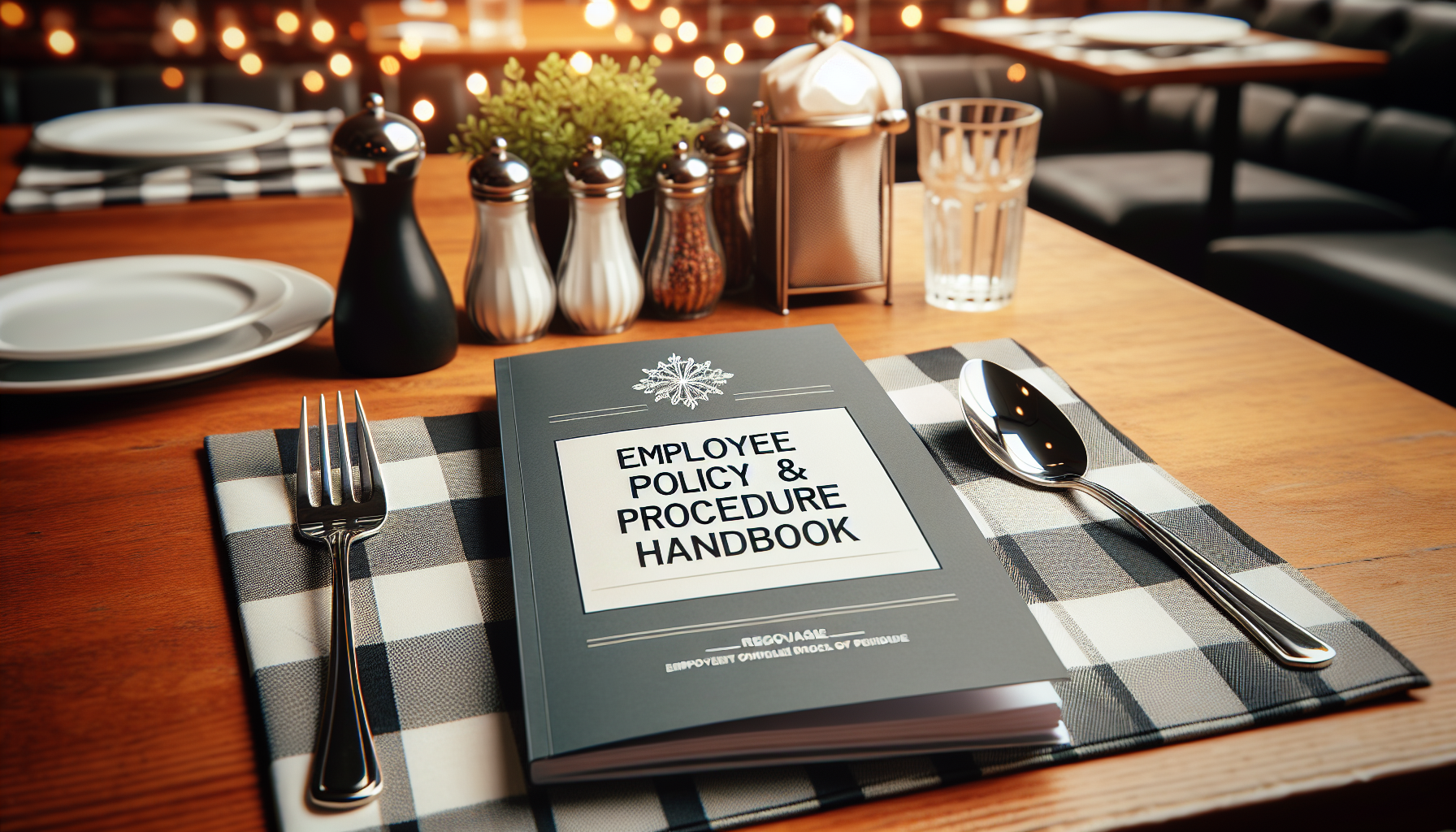A Comprehensive Guide to Crafting a Sample Probationary
Period Policy

The probationary period is a crucial phase in the employment lifecycle, serving as a trial run for both the employer and the new employee. It allows you, as an employer, to assess the employee's suitability for the role, while giving the employee an opportunity to determine if the job and the company culture align with their expectations. A well-defined probationary period policy is essential for setting clear expectations, providing constructive feedback, and making informed decisions about confirming employment. This guide provides a comprehensive overview of how to create a sample probationary period policy that meets the needs of your organization and complies with relevant labor laws.
I. Key Components of a Sample Probationary Period Policy

A robust sample probationary period policy should include the following elements:
Purpose of the Probationary Period:
Clearly state the objective of the probationary period. For example: "The probationary period is designed to allow the company to evaluate the employee's performance, conduct, and suitability for the position, and to provide the employee with an opportunity to assess the job and the work environment."
Duration of the Probationary Period:
Specify the length of the probationary period. Common durations range from 30 days to six months, but the appropriate length will depend on the nature of the job and the industry.
Include a statement about the possibility of extending the probationary period if necessary. For instance: "The probationary period is [Number] months. The company reserves the right to extend the probationary period by an additional [Number] months if deemed necessary to adequately assess the employee's performance."
Applicability:
Define which employees are subject to the probationary period. Typically, it applies to all new hires, but you may choose to exclude certain positions or levels of employment.
State any exceptions to the policy. For example: "This policy applies to all new employees of [Company Name], with the exception of [List any exceptions, such as executive positions or temporary employees]."
Performance Expectations:
Outline the key performance indicators (KPIs) or expectations that the employee will be evaluated against during the probationary period.
Provide specific examples of what constitutes satisfactory performance.
Emphasize the importance of meeting performance standards.
Here’s an example: “During the probationary period, employees are expected to meet the following performance standards:
Achieve a minimum of [Number]% of sales targets.
Complete all assigned tasks within the specified deadlines.
Maintain a high level of customer satisfaction, as measured by customer feedback surveys.
Adhere to all company policies and procedures.”
Feedback and Evaluation:
Describe the process for providing feedback to the employee during the probationary period.
Specify the frequency of feedback sessions (e.g., weekly, bi-weekly, monthly).
Outline the format of feedback (e.g., informal discussions, written evaluations).
Indicate who will be responsible for providing feedback (e.g., direct supervisor, HR representative).
“Employees will receive regular feedback on their performance throughout the probationary period. Formal performance reviews will be conducted at [Specify intervals, e.g., the midpoint and end] of the probationary period. These reviews will provide an opportunity to discuss performance, identify areas for improvement, and set goals for the future.”
Training and Support:
Detail the training and support resources that will be available to the employee during the probationary period.
This may include on-the-job training, mentorship programs, access to online learning platforms, or other relevant resources.
State the company's commitment to providing the employee with the tools and resources necessary to succeed.
Termination During Probation:
Clearly state that employment may be terminated at any time during the probationary period, with or without cause, subject to applicable laws.
Specify the notice period required for termination (if any).
Explain the process for termination, including any required documentation or meetings.
“The company reserves the right to terminate employment at any time during the probationary period if the employee’s performance or conduct is deemed unsatisfactory. Termination may occur with or without cause, subject to applicable state and federal laws. In most cases, [Specify notice period, e.g., one week’s] notice will be provided, unless the termination is for gross misconduct.”
Confirmation of Employment:
Describe the process for confirming the employee's employment upon successful completion of the probationary period.
Indicate whether a formal letter of confirmation will be issued.
Explain any changes to the employee's compensation, benefits, or other terms of employment upon confirmation.
“Upon successful completion of the probationary period, the employee’s employment will be confirmed. The employee will receive a formal letter of confirmation, and their compensation and benefits will be adjusted to reflect their permanent employee status.”
Policy Acknowledgment:
Include a section where the employee acknowledges that they have read, understood, and agree to the terms of the probationary period policy.
Provide a space for the employee to sign and date the acknowledgment.
II. Sample Probationary Period Policy Template

Below is a sample template that you can adapt to create a probationary period policy for your organization:
[Company Name] Probationary Period Policy
1. Purpose
The purpose of this probationary period policy is to provide a framework for evaluating the performance, conduct, and suitability of new employees during their initial period of employment. It also gives new employees the opportunity to assess the job and the work environment.
2. Applicability
This policy applies to all new employees of [Company Name], with the exception of [List any exceptions].
3. Duration
The probationary period is [Number] months, commencing on the employee's first day of employment. The company reserves the right to extend the probationary period by an additional [Number] months if deemed necessary.
4. Performance Expectations
During the probationary period, employees are expected to meet the following performance standards:
[List specific performance expectations and KPIs]
5. Feedback and Evaluation
Employees will receive regular feedback on their performance throughout the probationary period. Formal performance reviews will be conducted at [Specify intervals] of the probationary period.
6. Training and Support
The company will provide the following training and support resources to employees during the probationary period:
[List training and support resources]
7. Termination During Probation
The company reserves the right to terminate employment at any time during the probationary period if the employee's performance or conduct is deemed unsatisfactory. Termination may occur with or without cause, subject to applicable state and federal laws. In most cases, [Specify notice period] notice will be provided, unless the termination is for gross misconduct.
8. Confirmation of Employment
Upon successful completion of the probationary period, the employee's employment will be confirmed. The employee will receive a formal letter of confirmation, and their compensation and benefits will be adjusted to reflect their permanent employee status.
9. Policy Acknowledgment
I acknowledge that I have read, understood, and agree to the terms of this Probationary Period Policy.
Employee Signature: _______________________________
Date: _______________________________
III. Best Practices for Implementing a Probationary
Period Policy

Communicate Clearly: Ensure that all new employees receive a copy of the probationary period policy and understand its terms.
Provide Regular Feedback: Conduct regular feedback sessions to discuss the employee's progress and provide constructive criticism.
Document Performance: Maintain accurate records of the employee's performance, including feedback sessions, performance reviews, and any disciplinary actions.
Be Consistent: Apply the probationary period policy consistently to all employees.
Comply with Laws: Ensure that your probationary period policy complies with all applicable federal, state, and local labor laws.
Seek Legal Advice: Consult legal counsel to review your probationary period policy and ensure that it is legally sound.
IV. Benefits of a Well-Defined Probationary Period Policy
Reduced Hiring Risks: Allows you to assess the suitability of new hires before making a long-term commitment.
Improved Employee Performance: Provides employees with clear expectations and motivates them to perform at their best.
Early Identification of Issues: Enables you to identify and address performance or conduct issues early on.
Fairness and Transparency: Ensures that all employees are treated fairly and that employment decisions are based on objective criteria.
Legal Protection: Helps to protect your company from potential legal claims related to termination of employment.
By following this guide and implementing a well-defined sample probationary period policy, you can create a fair and effective system for evaluating new employees and making informed decisions about their long-term employment with your organization. Remember to consult with legal counsel to ensure your policy complies with all applicable laws and regulations.